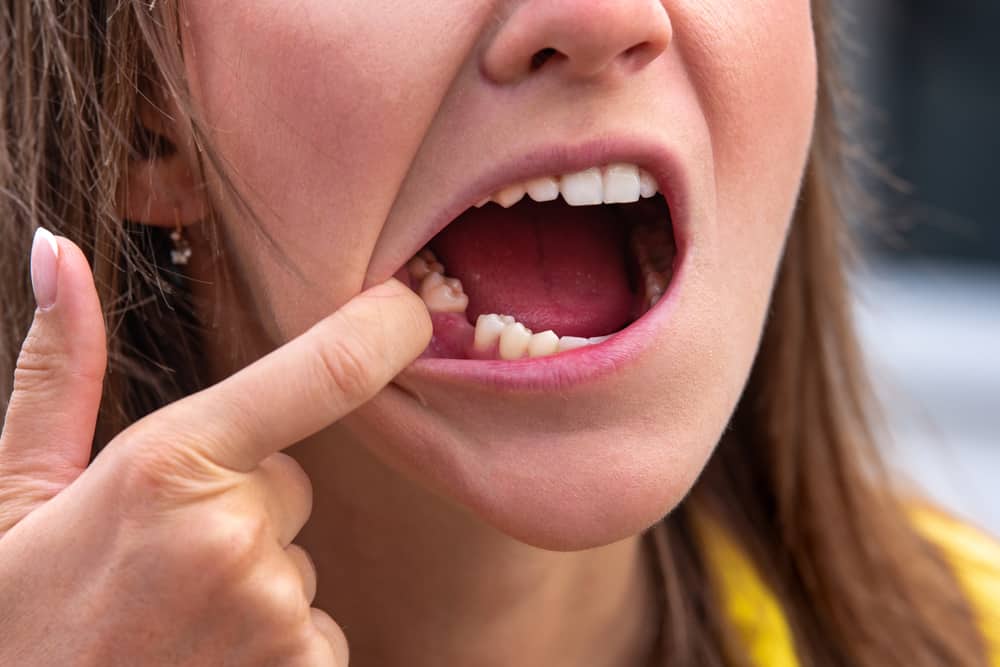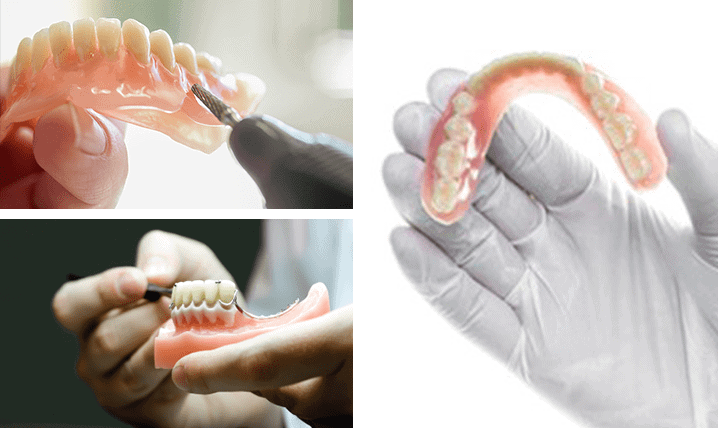Tooth extraction becomes necessary when your tooth is severely damaged or infected. If you’ve gotten your tooth extracted, then you’d notice a hole where the tooth used to be and wonder just how long it takes the hole to close after tooth extraction.
Several factors, like tooth size and location, type of extraction performed, etc., determine the healing time. To learn more about the healing time of a tooth extraction site, keep scrolling.
Types of Tooth Extractions
A dentist commonly performs two major tooth extraction types:
- Simple Extraction
This extraction is done on visible teeth such as canines, incisors, premolars, and sometimes on molars that have already erupted through the gums. If the extracted tooth is small and has a single root, it’ll heal quickly.
Simple extractions are performed on infected teeth due to severe tooth decay or on crowded teeth. Only a local anesthetic can numb the area, and the patient stays awake during the procedure.
- Surgical Extraction
This tooth extraction is more extensive as the bone and tissues are cut during the surgical extractions. It’s performed to extract the remnants of a cracked or broken tooth and wisdom teeth that have not erupted from the gums. Both general and local anesthetic is required for surgical extraction.
Healing After Tooth Extraction
Although healing begins right after the procedure, it still takes time. There are several stages of extraction site healing. By learning about these stages, you’ll know what to expect during your recovery, and you’ll also be able to tell if the tooth extraction site is healing properly.
- 24 Hours After Extraction
A blood clot develops over the hole during the first 24 hours after tooth extraction. It’s normal to feel discomfort during this time, and there will be minor bleeding and swelling at this stage.
Tip: It’s recommended to keep a gauze pad over the extraction site for at least 30 minutes to 1 hour after surgery. It helps in the formation of a blood clot in the hole.
This blood clot keeps the bacteria and food debris out of the hole left behind by the extracted tooth. This clot enables the formation of bone and gum tissue and is an important first stage in the tooth extraction site healing. Although it won’t be apparent to the naked eye, the new gum tissue will start to form in the hole.
- 1-3 Days After Extraction
After the first day, you must be careful not to dislodge the clot formed in the open socket. Avoid sucking on a straw or harshly brushing the tooth extraction site during this stage. Or else it could result in an extremely painful complication known as a dry socket.
Three days after tooth extraction, your gums will start to close around the removal site. Bleeding and swelling
- 1-2 Weeks After Extraction
One week to 10 days after the extraction, the hole will be almost closed as gum tissues continue to repair, and your gums won’t be tender or swollen. However, you may feel an indentation with your tongue. In a surgical extraction, the stitches will be removed at this stage.
- 3 Weeks After Extraction
By the end of the third week, the hole would be completely closed. You’ll be able to eat and drink like you normally would, and there will be no risks of developing a dry socket. But it can take several months for the hole to heal if you need clarification about how long it takes the hole to close after tooth extraction.
Tooth Extraction in Ashfield, NSW, Australia
At Ashfield Family Dental, we offer the best dental services in Ashfield, NSW, Australia. We have a team of very skilled dentists who can expertly perform tooth extractions and other dental treatments. Call our super-friendly customer service team and book your appointment today.




